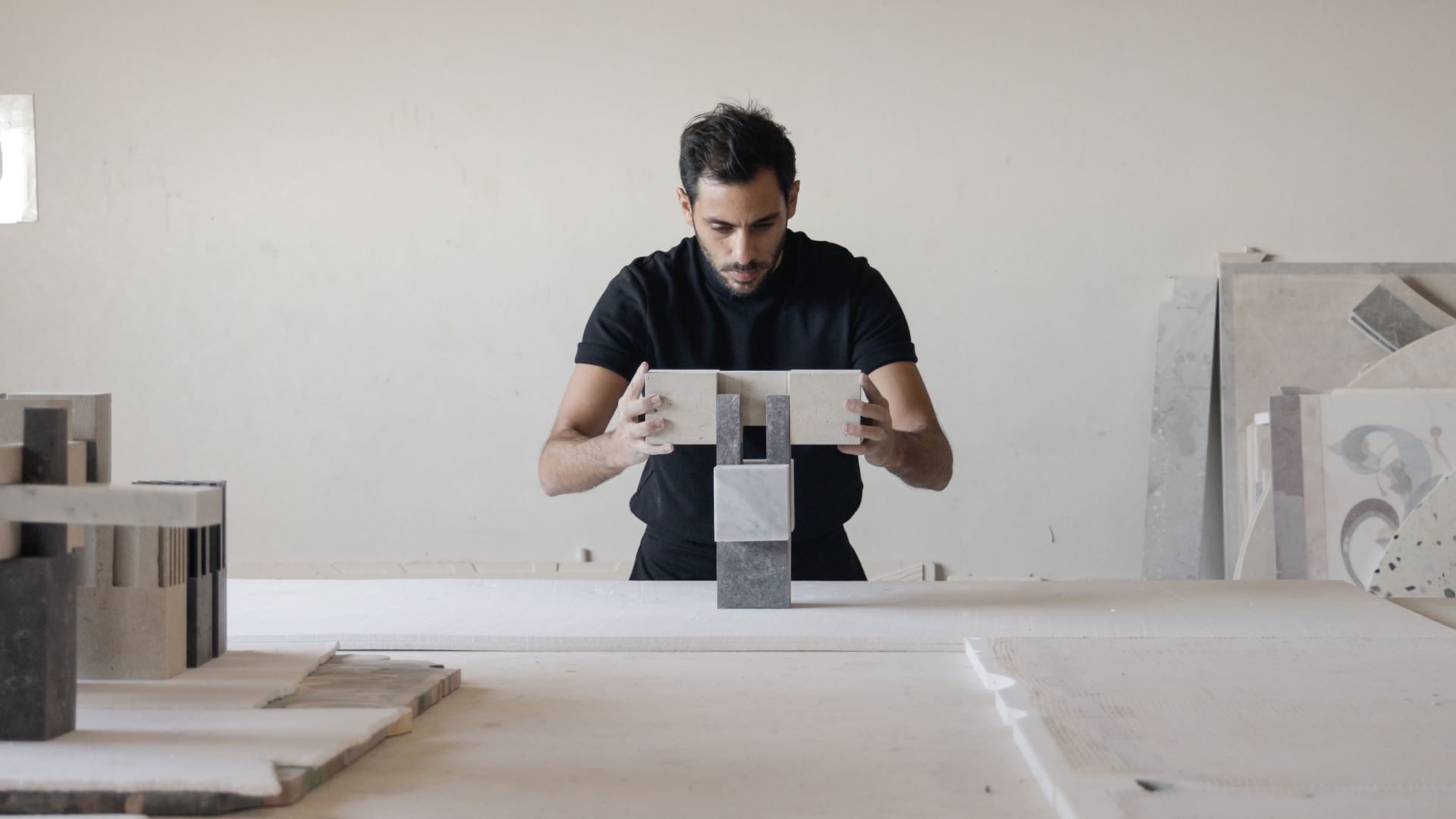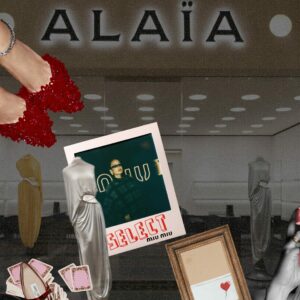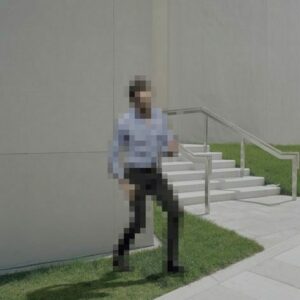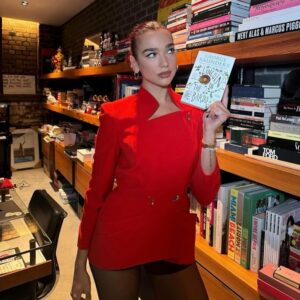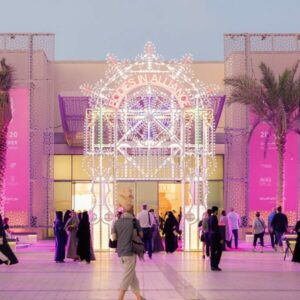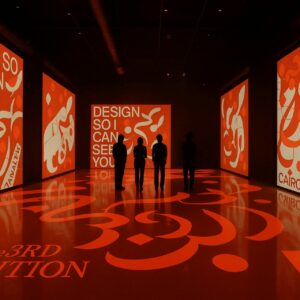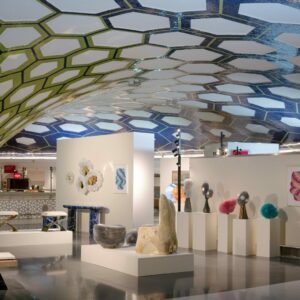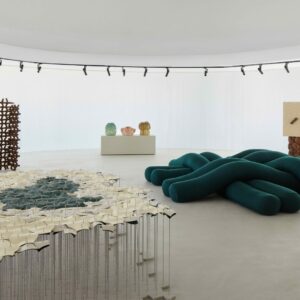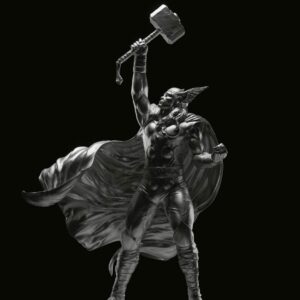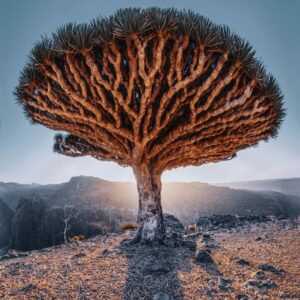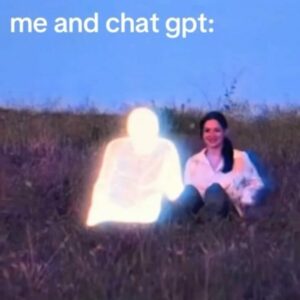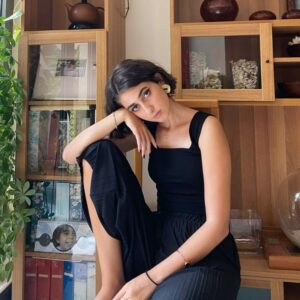From his childhood fascination with textures to the pivotal moment that ignited his passion for sculpture, Tarek Elkassouf (Instagram) has long been in love with creativity. Today, he draws inspiration from Beirut’s poignant narratives, articulating the unseen through light and shadow, inviting viewers to partake in a shared emotional landscape. Through collaborations with iconic brands like Cartier, Elkassouf bridges tradition with innovation, crafting pieces that echo the sacred language of stone and gold.
Tarek Elkassouf, welcome. As you reflect on your artistic journey, could you share the pivotal moment or inspiration that led you to embark on this path into the world of arts?
As a child, I would walk in town always touching the stone. Feeling the texture. Fascinated by how things were built. At 12 years old I knew I wanted to be a sculptor. So I journeyed through life studying, learning, and practising: Architecture, design, and urban planning. However, I gave that all away to return to the heart of my 12-year-old self, who knew so clearly, so absolutely what he wanted.
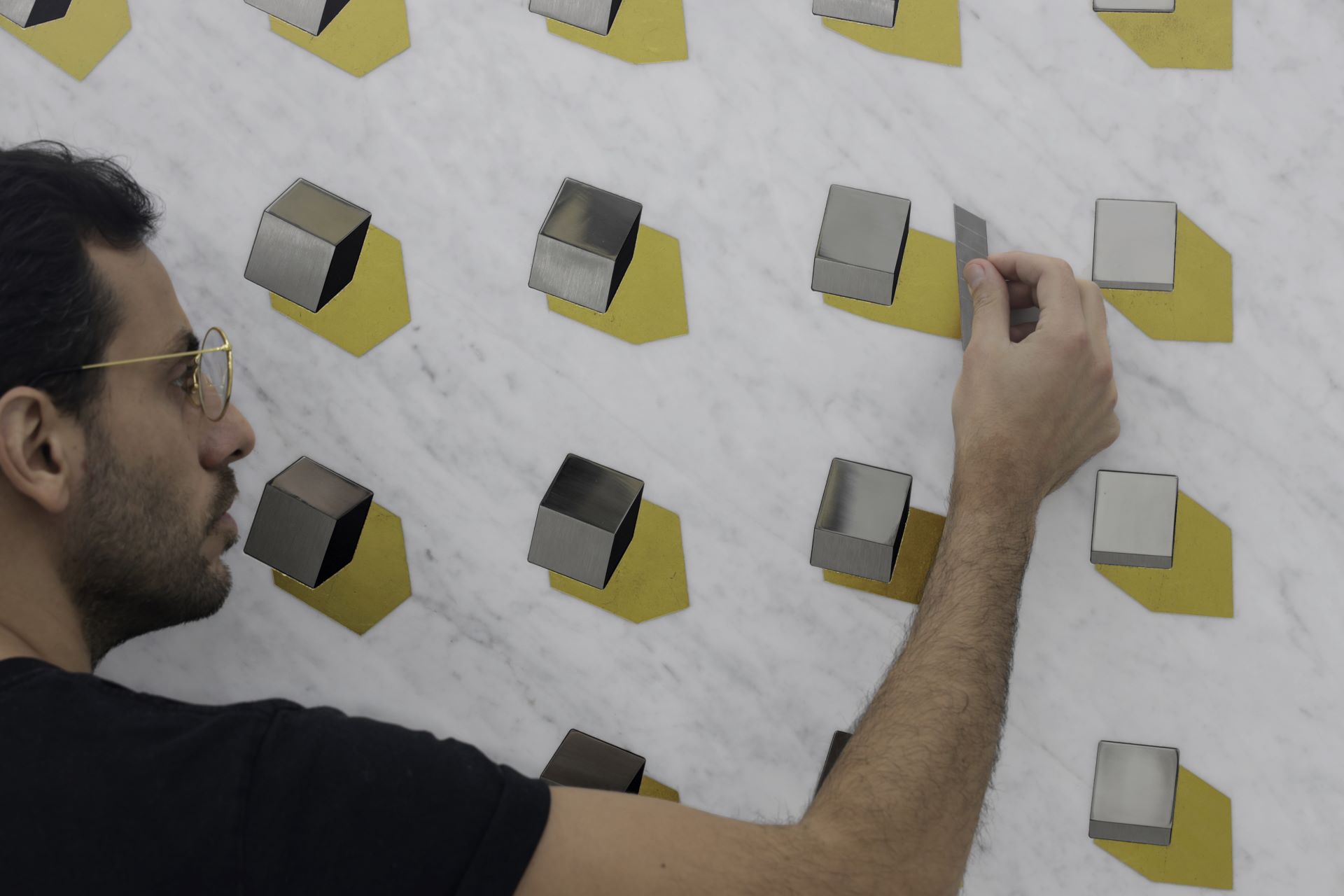
Your art delves into the concept of balance after loss, exploring the invisible and the exchange between empty and full. How did you discover this approach or theme?
It all started with Beirut’s tragic descent into absurdity in 2020.Trying to find balance was needed to process personal and collective traumas, and to try to seek healing. This offered me the gift of exploring the rich amalgam of human emotions, while often invisible, it united me with others in a shared journey of life.
Traditional craftsmanship plays a significant role in your art. How do you blend centuries-old techniques from Southwest Asia with contemporary ideas, and what challenges or rewards do you find in this fusion of tradition and modernity?
My art is also about the dialogue between the sound of the machine and the contemplative silence of the man. The balance between how we are sculpting and how we are creating. I identify as a sculptor with a thousand hands. I like to celebrate the hands that worked.
I always seek to understand the stories and wisdom encoded in the expressive gestures of the hands. The untold stories, the unexpressed feelings, the unseen efforts.
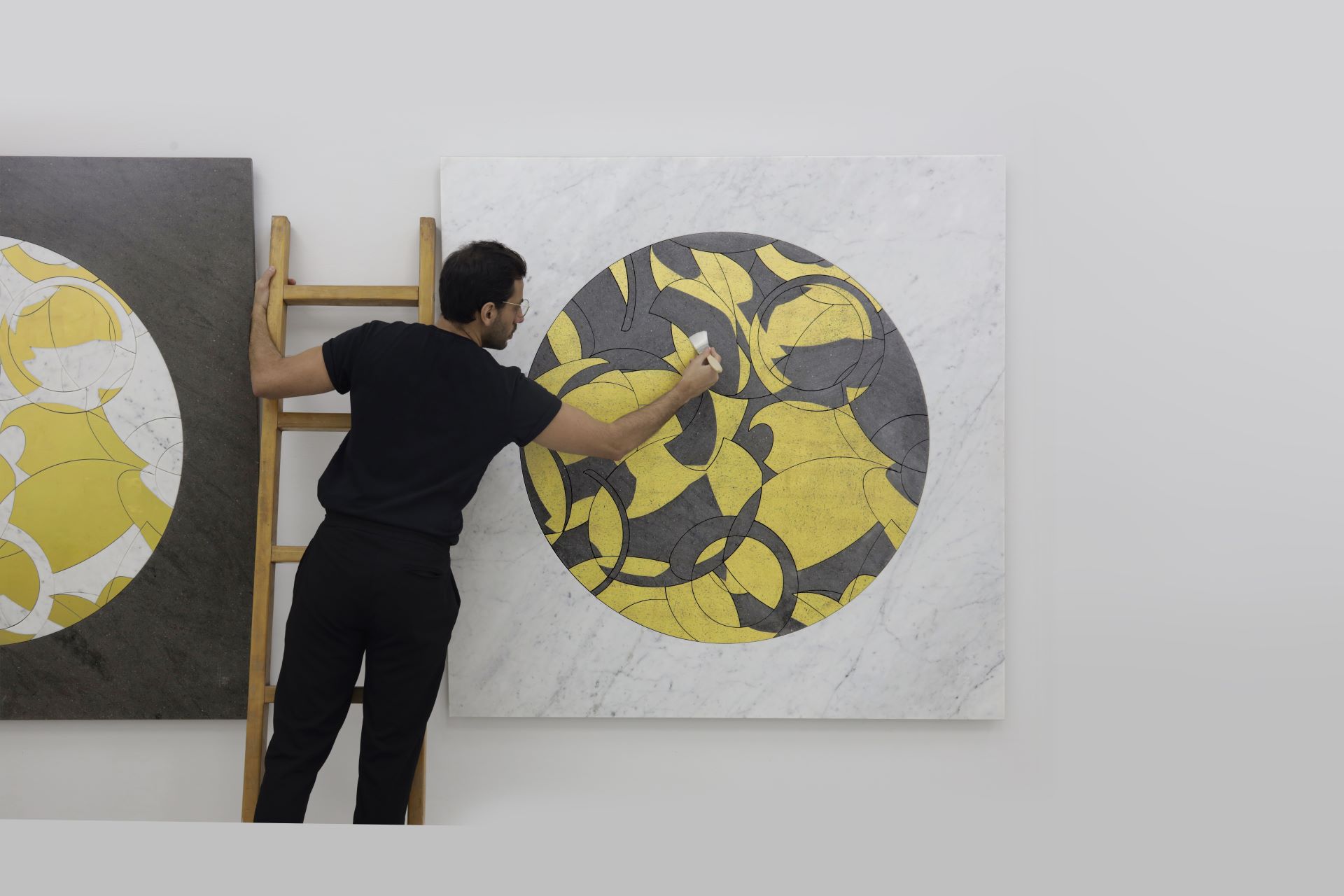
How do you manifest the unseen in your artwork, and what role does the viewer’s interpretation play in bringing the invisible to life within your creations?
I manifest the unseen in my work by focusing on the interplay between light and shadow, presence and absence, and the balance between different energies.
There is an invitation for the viewer to interpret my work by creating a bridge that makes the unseen into a visible and tangible experience. An interpretation that involves the viewer’s imagination, personal history and the emotional landscape that was intentionally left to be filled in the work.
The Viewers will engage with the unseen and try to bring it to the light.
And this is when the Audience becomes the Artist.
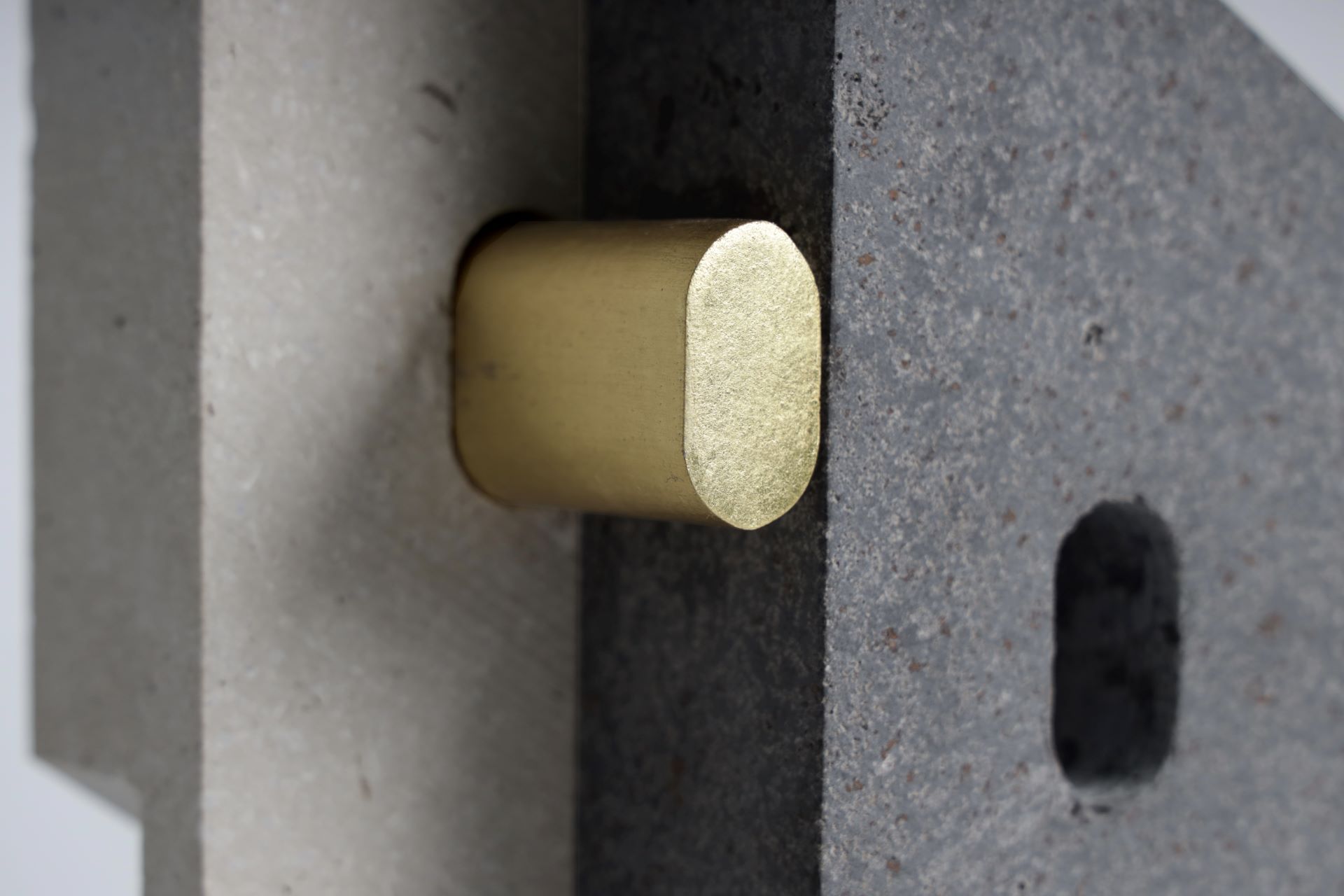
How do you draw from your Lebanese-Australian background, and the cultural and geographical influences around you, to infuse your work with a sense of identity and universality?
My journey across cultures speaks to the universal search for meaning and place in the world. The contrast between the layers of cultural and historical complexities and instabilities found in Lebanon and the vast landscapes with a backdrop of stability in Australia, enriches my understanding of home and identity. My work is a constant invitation to reflect on the common threads that bind humanity.
Working in the UAE, a place that embodies a unique blend of tradition and modernity, how has the local environment influenced your artistic perspective and the themes you explore in your work?
Working at a global crossroads for ideas and cultures offers me to engage with a diverse range of perspectives and an opportunity to write a new narrative. A narrative that will be shaped by the hands of Arab artists themselves, in stories exploring regional identities in a global context.
During my time in the UAE, I will be seeking to understand how our cultural heritage can be maintained and adapted in the face of change. Perhaps by looking at personal and collective stories that are rooted in authenticity and self-representation that might redefine the cultural landscape.
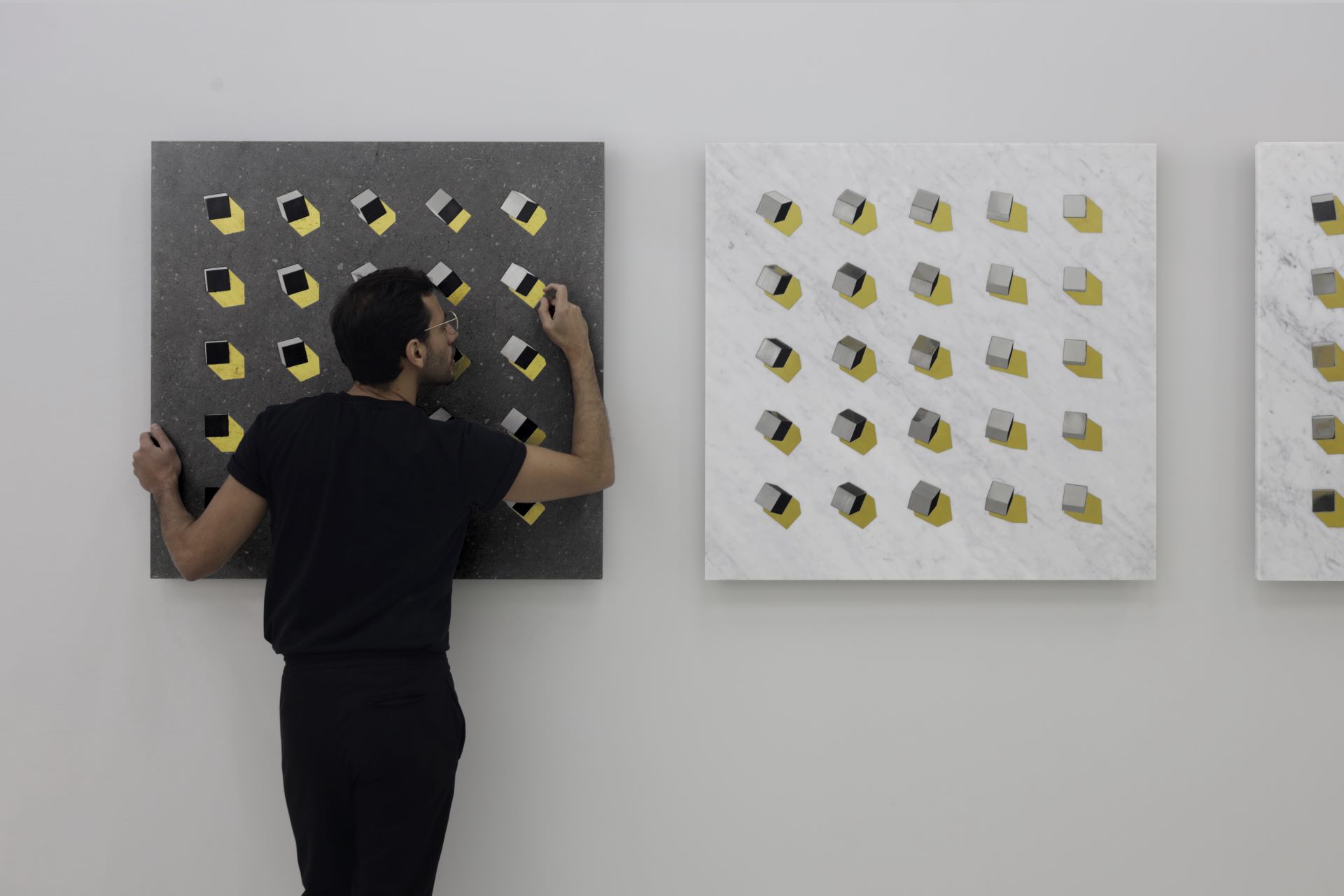
Precision is a key element in your craftsmanship. Can you walk us through your creative process, particularly the meticulous techniques you employ to convey your thoughts and emotions?
The creative journey begins with writing, a practice that allows me to explore the conceptual framework of my work. I later transition to drawing where I start exploring the physical manifestation of my ideas. Sculpting represents the culmination of my creative journey where I can touch my thoughts. Through precision.
Of the many brands you’ve collaborated with, which presented the most significant challenges, and how did you navigate those obstacles to achieve a successful collaboration?
My most successful collaboration to date was with Cartier. The main challenge was to maintain a clear and distinct voice while engaging with the brand’s iconic legacy. This was overcome through an open conversation and shared commitment to innovation, crafting pieces that create a dialogue. I was able to share with people how I see beauty in details, in the small things in life. That we don’t pay attention to.
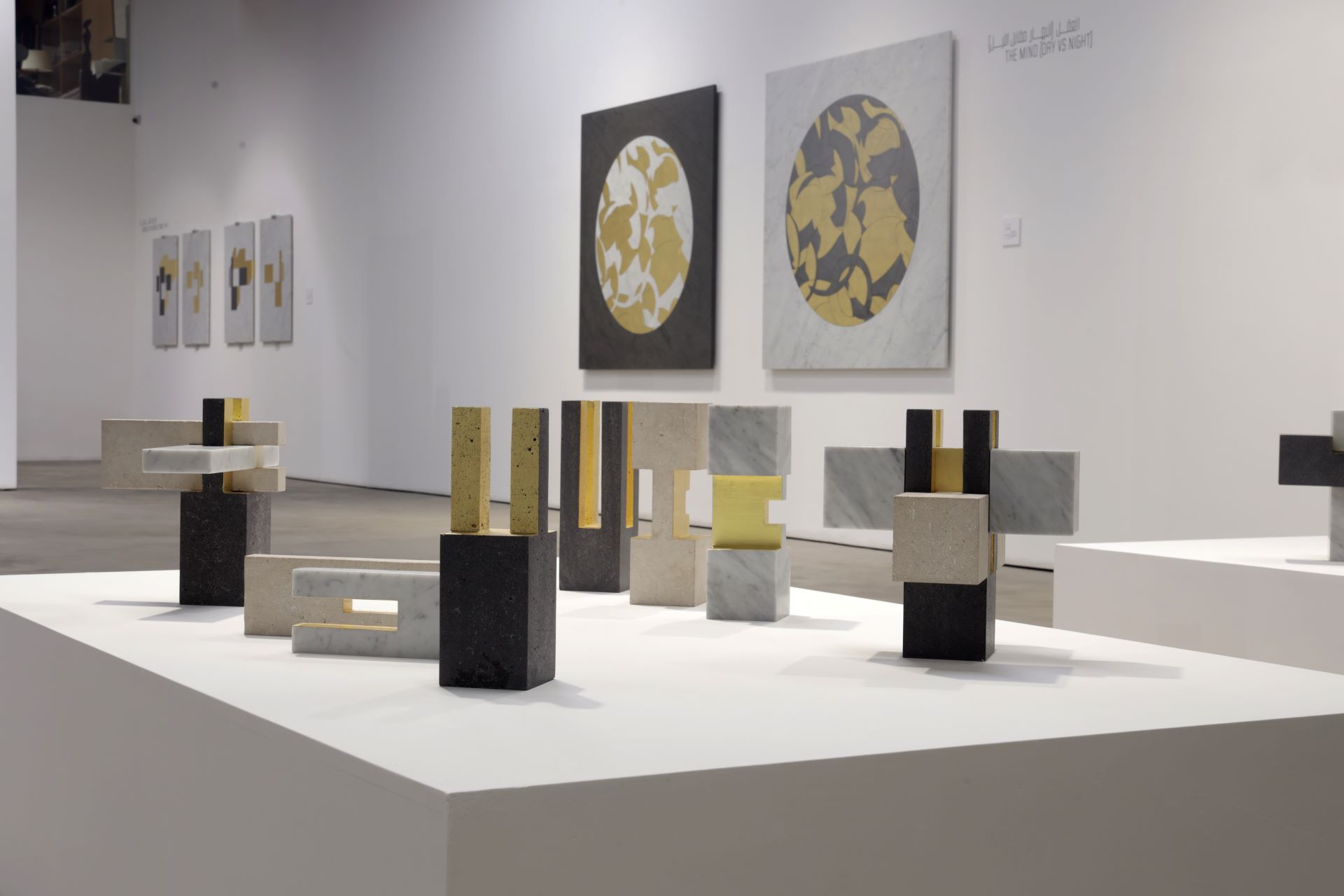
Why do the colours grey, gold, and white prominently feature in your designs? Is there a specific significance or symbolism behind their consistent presence?
My work is usually formed from four materials, stone from the Mediterranean, and gold, through which I express a sacred language.
Grey Lava Stone: Despite its explosive origins, this rock now connects. Lava stone is common to every country; common to every human. The most abundant stone in the world, it has the duality of showing how much we have in common, and is a symbol of the abundance we have as humans.
White Carrara Marble: Carrara marble has fascinated sculptors for 2,500 years. My artworks try to continue this lineage, and belief in this stone; connecting me to all the sculptors who came before me.
Lebanese Limestone: This limestone highlights my roots and this connection with the land. It is a grounding stone for me, connecting me with both my home and my art.
Gold: Gold has been used in the sacred words, and sacred languages of religion. I use gold to communicate closely. To communicate intimately. With the people I love. With the world.
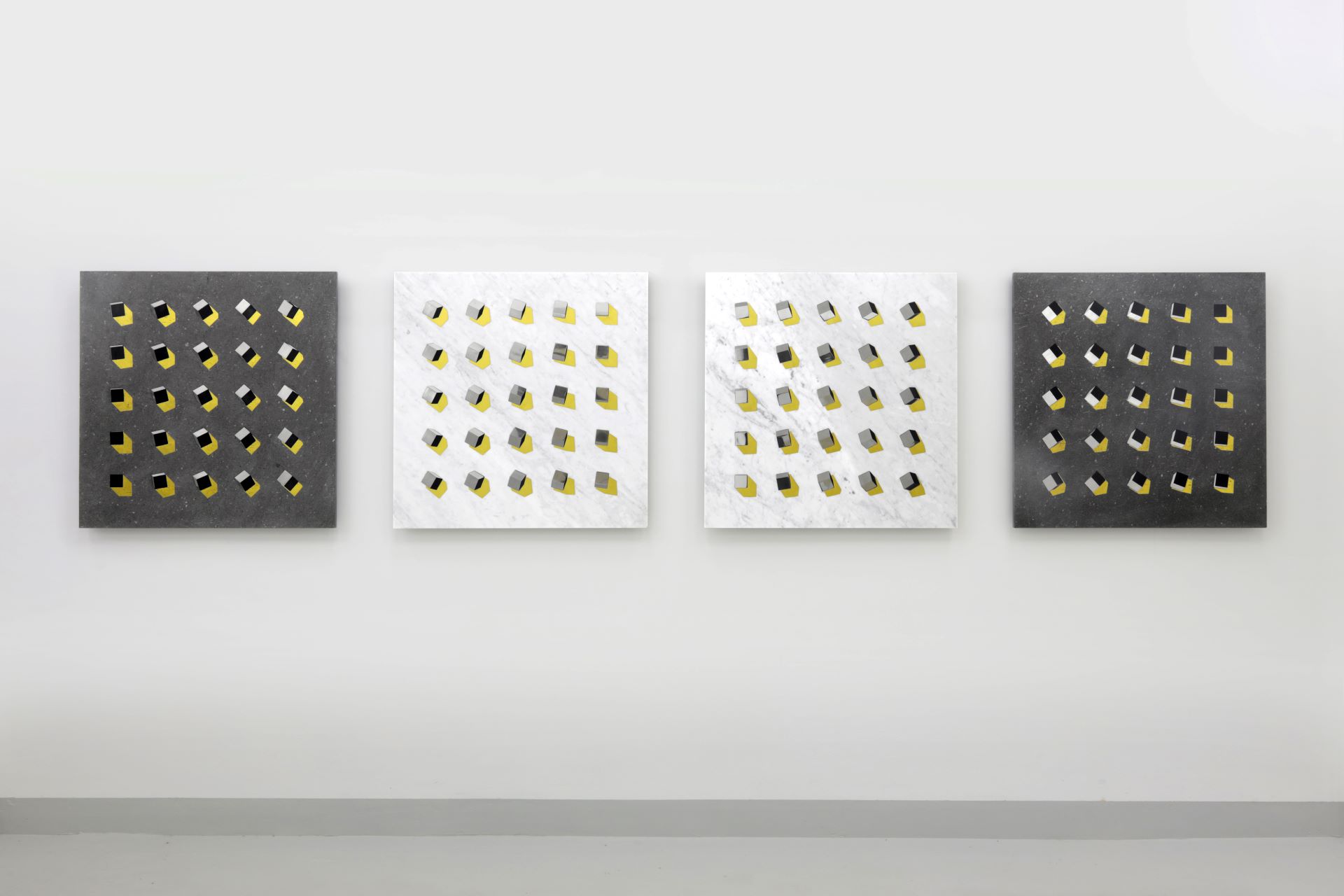
If your art studio had a soundtrack, what three songs would be on it, and how do they encapsulate the creative energy of your workspace?
That’s probably the hardest question so far, each day has its own story, each chapter has a different soundtrack.
Starting my writing with ‘Le Pas du Chat Noir’ that is composed by Anouar Brahem, it infuses my writing with a sense of serenity. It has a contemplative and an introspective soundscape. As I move to the drawing stage with Flavien Berger, ‘Gravité’ shifts me into new territories without fear. An exploratory and poetic journey. When I begin to sculpt, Fairuz brings a sense of purpose through her ‘Beiteddine Opening’ of the year 2000. But my favourite soundtrack will be for the chapter that I didn’t write yet.
For more stories of art and culture, like this interview with Tarek Elkassouf, visit our arts and culture pages.
